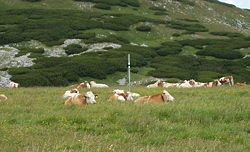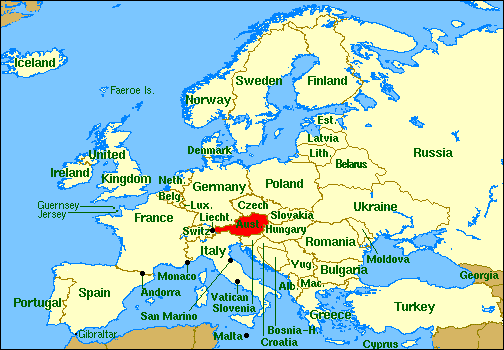
Austrian landscape is in major mountainous, as the country is located in the Alps: Northern and southern Limestone Alps. Only a quarter of Austrian territory is located in the low lying regions, and nearly 32 percent is below 500 meters. The total area of Austria is 84 000 km². The high mountainous Alps in the west of Austria surrounds somewhat into low lying lands and valleys in the east of the country. The rivers of Austria are numerous, and it compensates fact, that Austria is landlocked country, as the rivers drain into Black and North Seas.
Austria is the country of the most picturesque mountains. Though, there are more than 30 peaks and the beauty of every boggles one’s mind, it would be necessary to tell a few words about Weißkugel, the second highest mountain in the Ötztal Alps and the third highest mountain in Austria. It is located on the border between Austria and Italy, and is covered by lots of glaciers.
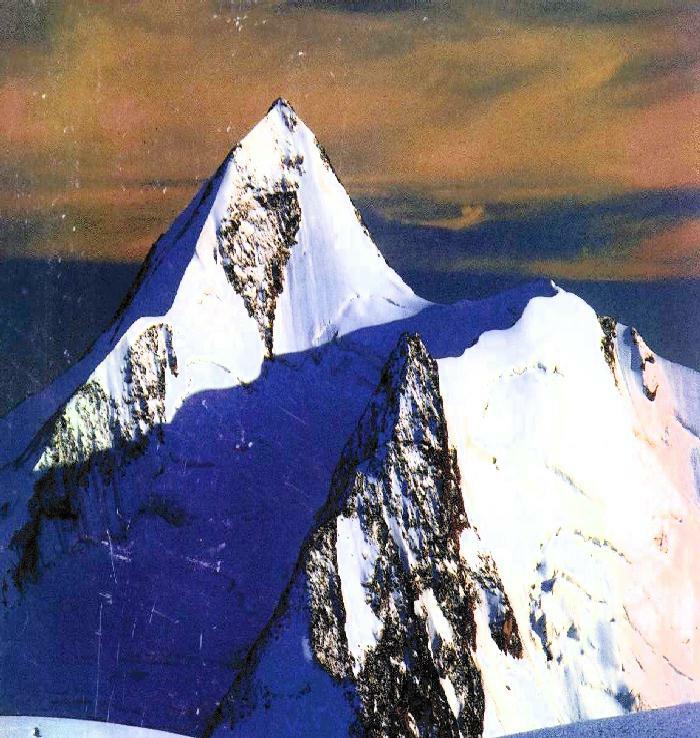
Being a Federal Republic, Austria is divided into 9 federal states. These states are then separated into districts and cities. Districts are divided into municipalities. Cities have the competencies otherwise granted to both districts and municipalities. The states are not mere administrative divisions but have some distinct legislative authority separate from the federal government.
According to the data of the latest census of the population in October 2006, the population of Austria is 8,292,322. The population of the capital, Vienna, is more that 1.6 million (2.2 million with suburbs), which is about a quarter of the country’s allover population. In contrast to the capital, other cities do not exceed 1 million citizens: the second largest city Graz is home to 250,099 inhabitants, followed by Linz (188,968), Salzburg (150,000), and Innsbruck (117,346). All other cities have fewer than 100,000 inhabitants.
The official languages of Austria are German, Hungarian, Slovenian and Croatian. Currency is Euro (Austrian Shilling prior to 1999).
The historical background of the country is a bit complicated, and includes several periods. The official governmental formation on the territory of the existing Austria had been registered in the medieval epoch, when the Celts tried to create their colony there, until the Roman Empire conquered those territories.
In the middle of the XV century, the dynasty of Habsburgs rose, and Austria started becoming a powerful and significant state on the European stage. The appearing of the Austrian-Hungarian Empire on the European map signified the new epoch in the history, and empire started dictating its own rules in the huge political game among the other empires.
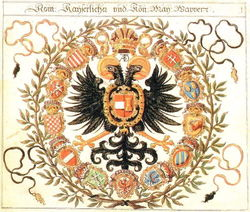
The XX century for Austria became one of the most crucial, as it was subjected to the division by the capitalistic and socialistic camps.
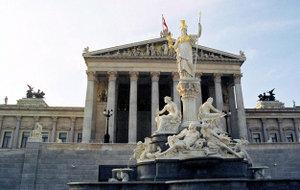
Now, Austria is the member of European Union. Current government is: President Heinz Fischer,
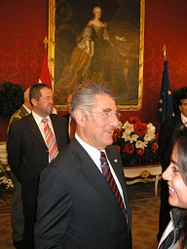
As for the economic issues, Austria is one of the 10 richest states in the world which has a highly-developed social market economy and living standards. Until the 1980s, lots of Austria’s huge industry firms were nationalized; in recent years, however, privatization has reduced state holdings to a level comparable to other European economies.
Thus, the population is mainly engaged in the industrial spheres, and for the recreation, people have the greatest ever conditions, as the presence of mountains and valleys, rivers and forests makes the recreation unforgettable.
